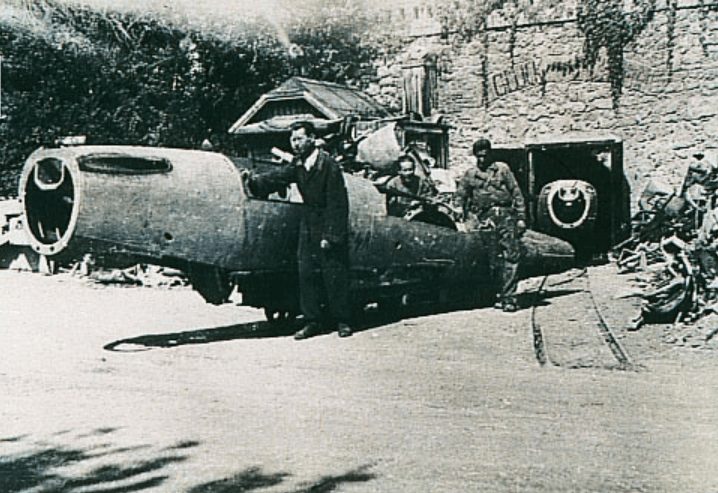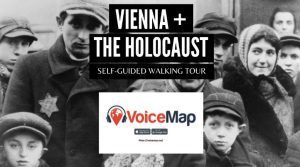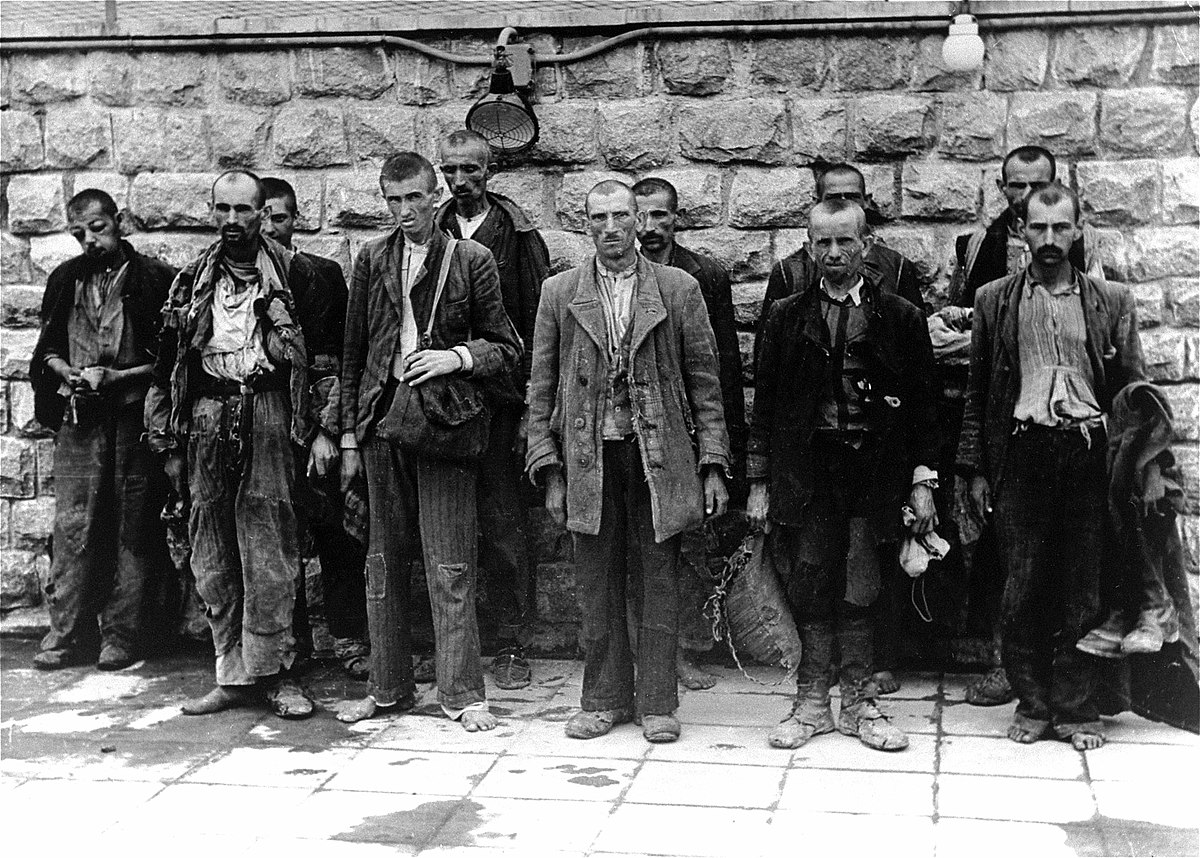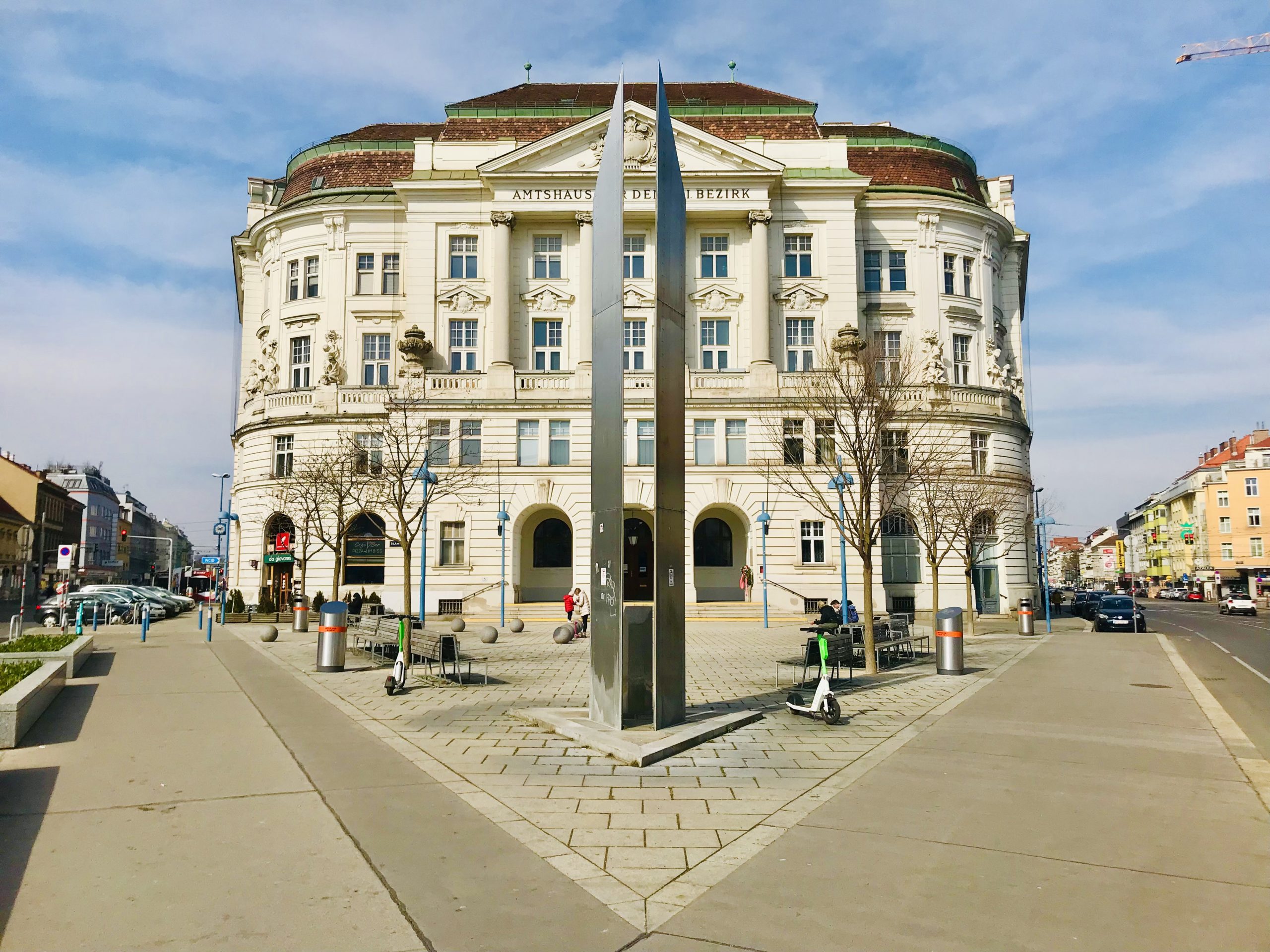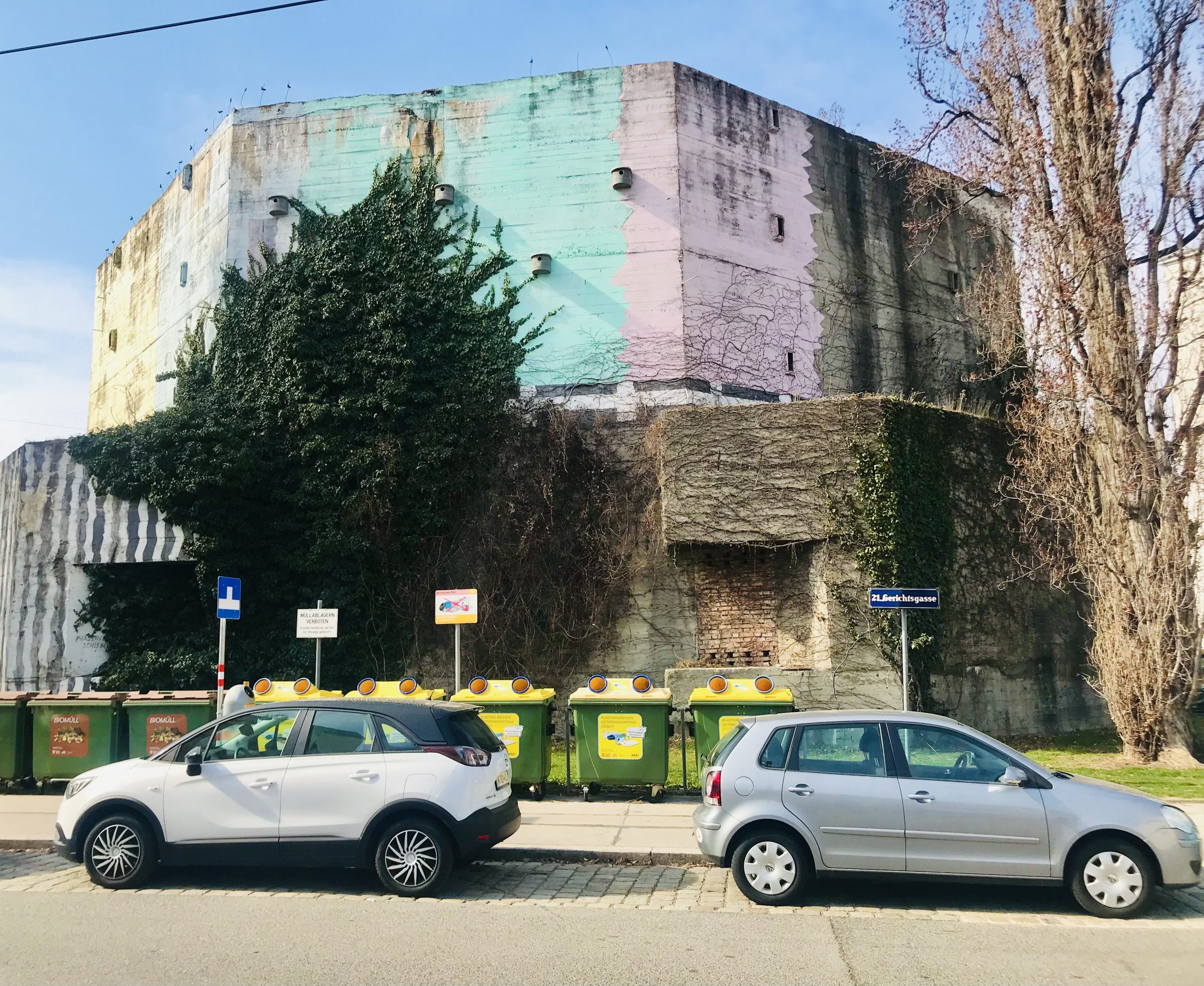THE SEEGROTTE HINTERBRUHL MINE: THIS FAMILY FRIENDLY ATTRACTION WAS ONCE USED BY THE NAZIS TO CLANDESTINELY BUILD THE WORLD’S FIRST FIGHTER JET
Table of Contents
 wikimedia commons
wikimedia commons
What do fighter jets and grottos have in common? No, this is not a trick question. Nestled in an upscale neighborhood in the quiet suburbs of Vienna, the Seegrotte Hinterbrühl Mine is a family-friendly tourist attraction with a sinister past. After Allied bombing pulverized their industry and infrastructure, the Nazis ingeniously took their war-making capabilities underground. During WW2, the Seegrotte Hinterbruhl Mine was a secret underground jet factory for building the Heinkel (He-162) Salamander.
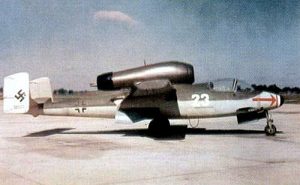 austrianwings.info
austrianwings.info
Since the mid-1800s, the Hinterbrühl mine has been a major source of gypsum, primarily used in building materials and soil fertilization. Over the years, miners carved out a 1200 foot long tunnel leading to two floors (an upper and lower level) and countless halls. In 1912, miners accidentally blasted open a natural water reservoir. Uh oh.
The result — 5.2 million gallons of water rushed into the mine instantaneously creating Europe’s largest underground lake. In 1932, the Hinterbrühl mine re-opened as the Seegrotte, a show mine and tourist attraction in Hinterbruhl with boat trips around the large underground lake.
OPERATION LANGUSTE
By 1944, the Allied Forces had achieved air superiority over Germany and began bombing the Third Reich’s great industrial cities almost daily. To continue producing armaments, “Hitler’s architect” Albert Speer began relocating German’s war industry to existing mines in southern Germany and Austria. Realizing the unique potential of the Seegrotte Hinterbruhl Mine, the German Wermacht seized the Seegrotte and began pumping out the water. They replaced the lake with an underground jet factory. The Nazis gave the project the codename Languste or crayfish.
 modelboard.at
modelboard.at
In August 1943, the Nazis started building Mauthausen concentration sub-camp. The sub-camp was located merely blocks away from the Seegrotte Hinterbrühl Mine. 1800 slave laborers, primarily from Poland and Russia, were directed to build a secret underground factory in the mine. After pumping the water out of the lower floor of the Seegrotte, the slave laborers and 300 skilled workers began producing fuselages for the He-162 Salamander fighter jet — one of Hitler’s “wonder weapons” that would help win the War. The He-162 was known as the Volksjäger or People’s Fighter.
By the time the mine closed in Spring 1945, the Nazi prisoners had produced 198 fuselages. Upon completion, the Nazis transported the fuselages to the neighboring Vienna International Airport in Schwechat to be fully assembled.
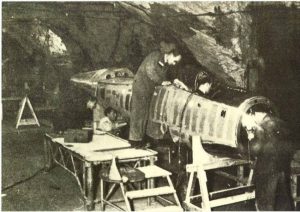 mauthausen-guides.at
mauthausen-guides.at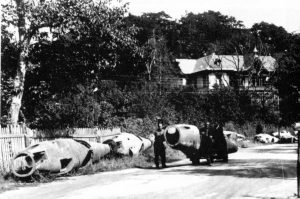 mauthausen-guides.at
mauthausen-guides.at
MAUTHAUSEN CONCENTRATION SUB-CAMP
Tragically, during the evacuation of the mine in Spring 1945, the Nazis executed 51 slave laborers. The surviving prisoners were then sent on a 100-mile death march back to the Mauthausen Concentration Camp — few survived.
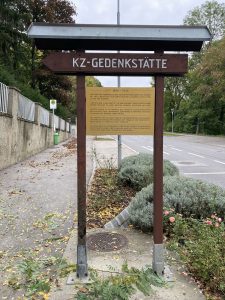 austria-forum.org
austria-forum.org
As WW2 came to an end, the Nazis planned to destroy the entire underground factory. While fleeing, they only managed to destroy the water removal pumps. As a result, the mine quickly flooded.
In Spring 1949, the mine was reopened to the public as the Seegrotte Hinterbruhl Mine with boat trips around the underground lake. In 1993, scenes from the Disney film The Three Musketeers (1993) were filmed at the Seegrotte Hinterbruhl Mine.
OUR EXPERIENCE VISITING THE SEEGROTTE HINTERBRUHL MINE
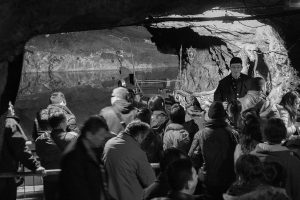 wikimedia commons
wikimedia commons
A family outing, we visited the Seegrotte Hinterbruhl Mine on a Sunday afternoon in the late Spring. It is a popular attraction in Vienna with 250,000 annual visitors. Unfortunately, like some of the best-hidden gems in Austria, the tours are only given in German. After providing his narrative, the guide gave a condensed version in English.
Given the popularity of the Seegrotte and the tourist dollars it generates, the current owners are clearly more interested in preserving the status quo than in improving the quality of the experience. We found this approach quite unusual since the majority of the visitors to the Seegrotte Hinterbruhl Mine are non-German speakers and are generally interested in learning about the Seegrotte’s WW2 He-162 jet factory, not necessarily its gypsum producing past
Overall, and notwithstanding the lack of English commentary by the guide, we found the walkthrough of the mine incredibly interesting. The mine really told its own story — there were several displays showing how the miners transported gypsum out of the mine. In short, you really did not need a guide.
Of particular interest to military history buffs, there was a WW2 exhibit with He-162 jet parts from the factory in the Seegrotte Hinterbruhl Mine (including instrument panels and landing gear), as well as photographs from the 1940s.
Also of note, there were several props from The Three Musketeers (1993) film including a large ornate wooden boat and the set from a prison scene from the film. For the last portion of the tour, we descended into the lower floor and took a boat ride around the underground lake.
Overall, we greatly enjoyed this experience. That said, we were somewhat put off by the dishonesty of the tour. The guide completely avoided discussing anything having to do with the Nazi requisition of the mine. Nor did he mention how during WW2, the Nazis forced concentration camp prisoners to build the He-162. Discussing the nearby concentration camp was completely off the table. Instead, he simply noted that the “first fighter jet in the world was produced here” which naturally generated more questions (he refused to answer).
Strangely, the guide also stopped to pay respect to a memorial honoring the miners who had lost their lives, yet he walked past a separate memorial honoring the concentration camp victims who were killed producing the He-162.
Although 75 years have passed, it was apparent this dark and shameful period still haunts many.
PRO TIPS FOR VISITING THE SEEGROTTE MINE IN HINTERBRUHL
 wikimedia commons
wikimedia commons
PRO TIPS to make your visit more enjoyable:
PRO TIP 1. For families, the Seegrotte Hinterbruhl Mine is a dream — it’s flat, well lit and a consistently cool 48 degrees Fahrenheit on a hot summer day. That said, to enjoy the boat ride, you must descend 85 stairs (with a handrail) to the lower level of the mine. Tours run every 20 minutes and last approximately 45 minutes. The last entrance is 45 minutes before closing.
PRO TIP 2. For FREE and discounted tickets, purchase the Nieder Oestereich Card (Lower Austria Card). The only catch, their website is in German so you will need to use Chrome with Google Translate. Buying these cards can be a bit complicated. You can only purchase them at Tabak (Tobacco) shops. Definitely peculiar marketing and a bit complicated, but well worth it. You can use it with several hundred other attractions throughout Austria. BTW — we do not get any kickback from these cards, they are just a practical purchase.
PRO TIP 3. To make your tour more enjoyable, before visiting you should watching the extremely entertaining film, The Three Musketeers (1993) before visiting.
PRO TIP 4. After exiting the mine, walk towards the main road, turn right, and continue past the ticket booth. On your immediate right is an overlooked billboard containing WW2 photos of He-162 jet production at the Seegrotte Hinterbruhl Mine.
PRO TIP 5. Parking is a bit complicated to find but available on side streets. Since the tours rotate every 45 minutes, idle in your vehicle for a few minutes and a free parking space will become available.
NEAR THIS PLACE
HINTERBRUHL MAUTHAUSEN HOLOCAUST MEMORIAL. There is a memorial on the former site of the Hinterbruhl concentration sub-camp of Mauthausen that you should visit. The Holocaust Memorial is difficult to find, but is located on Johannesstrasse, just off the street in a clearing tucked away behind a row of hedges, a few blocks over from the Seegrotte He-162 factory. The memorial marks the site of the mass grave for the 51 slave laborers executed by the Nazis. CLICK HERE for directions to this incredibly difficult to find Memorial.
TRAVEL GUIDE | VIENNA FLAK TOWERS. The Vienna Flak Towers (Flakturm) and Bunker complex in the Augarten Park serve as a stark reminder of WW2.
WORLD WAR 2 SITES NEAR VIENNA: MESSERSCHMITT ENGINE FACTORY. Explore World War 2 sites near Vienna along a scenic hiking trail. See the Messerschmitt Bf 110 aircraft repair factory and the front lines of the Battle of Vienna.
VOICEMAP | VIENNA SELF GUIDED WALKING TOUR. Want to learn how the Mossad operation to bring Nazis like Adolf Eichmann to justice originated in Vienna? Check out our VoiceMap self guided walking tour: VIENNA + THE HOLOCAUST: FROM TRAGEDY TO JUSTICE. You can preview it for FREE. Start point is Nestroyplatz on the U1 red line in the 2nd District.
LIECHTENSTEIN CASTLE. After touring the Seegrotte Hinterbruhl Mine, you can hike or drive to the nearby Burg Liechtenstein (Liechtenstein Castle). FREE ADMISSION if you have the Nieder Oestereich Card.
BEST PLACES TO STAY
SO/ VIENNA. Designed by the famous architect Jean Nouvel, this stylish hotel is near all of the sites. Panoramic views over Vienna, a gourmet restaurant, a gym, and FREE spa facilities. Modern, spacious rooms with air conditioning, FREE mini-bar, and FREE Wifi. ADDRESS: Praterstraße 1, 02. Leopoldstadt, 1020 Vienna, Austria.
RUBY LISSI HOTEL VIENNA. Boutique hotel located in an 18th-century building in Vienna’s first district. Luxuriously furnished rooms with air conditioning, wooden floors, use of tablet device and FREE Wifi. Each room has a Marshall amplifier and guitars can be rented. Organic breakfast and 24/7 access to Italian antipasti and snacks, beverages and selected wines. ADDRESS: Fleischmarkt 19 / Laurenzerberg 2, 01. Innere Stadt, 1010 Vienna, Austria.
GRAND FERDINAND VIENNA. Opened in autumn 2015, located on the Ringstraße boulevard in the center of Vienna. Modern spacious rooms with air conditioning. Rooftop pool, 3 restaurants, fitness center, and FREE Wifi. ADDRESS: Schubertring 10-12, 01. Innere Stadt, 1010 Vienna, Austria.
LE MERIDIEN VIENNA. Located on the Ringstraße in the heart of Vienna. Modern, spacious rooms with amenities. Indoor pool, spa facilities, fitness center, FREE mini-bar, and FREE Wifi. ADDRESS: Robert-Stolz-Platz 1, 01. Innere Stadt, 1010 Vienna, Austria.
FILM + TV
RESOURCES
Seegrotte Hinterbruhl Mine (Wikipedia)
Mauthausen Guides – Seegrotte Hinterbruhl Sub-Camp
Hinterbruhl Holocaust Memorial
BOOKSHELF
![]()
Disclosure: White House Travel is a participant in the Amazon Services LLC Associates Program and Agoda affiliate programs, designed to provide a means for us to earn fees by linking to Amazon and affiliated sites at no extra cost to you.



